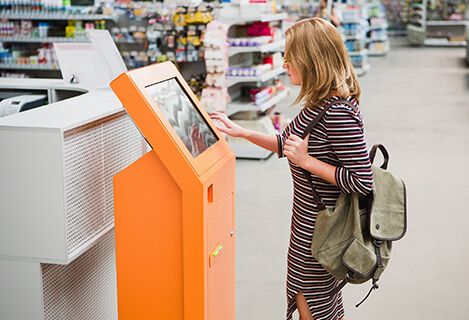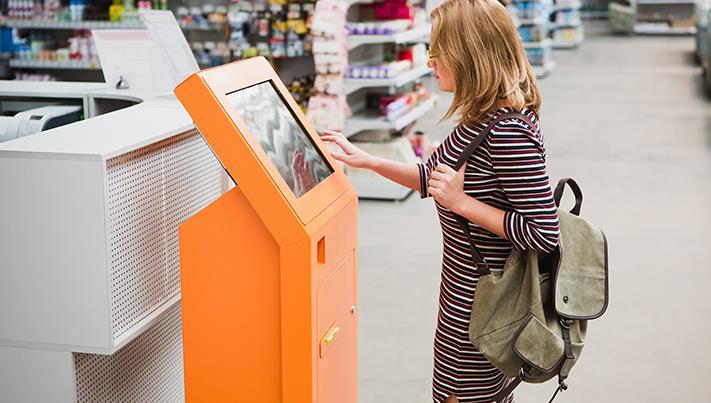Over the years, you’ve probably noticed that the entire shopping experience has shifted. New technologies are being introduced around the world to help streamline how we carry out our shopping tasks and ultimately make processes easier. With no sign of developments slowing down in the world of retail — we investigate whether these new in-store features are beneficial for businesses, and how the overall customer experience is being enhanced.
Wherever you venture out with your friends and family, you’ve probably used self-service terminals to help quicken the shopping process. The recent wave of implementations is in a bid to reduce the number of queues, improve shopper privacy, create a speedier purchase process, and to reduce costs while increasing profits.
Currently, there are around 200,000 self-service checkouts around the world which
The benefits
The average person visits their local supermarket on average two or three times a week. Evidently, with the increase on shopping trips, shoppers are putting fewer items in their basket — supporting the need
The
With an up-to-date modern interface, users can scan at their own desired pace and free up time in other areas of the supermarket. With this, businesses can reduce the number of unnecessary jobs, which will
Not only that, traditional conveyer-belt
Once a store has decided upon implementing more of these self-service terminals, it can shift its focus on driving more sales. While you wouldn’t necessarily still have traditional service checkouts in place, your trained point of service team will be able to tend to customers and offer them tailored advice to what they need.
Which countries have implemented self-service terminals?
Although a lot of countries are now picking up with this new trend, it must be known that Australia and Italy are making the biggest noise in retail. With more self-service terminals in-store, businesses now have the option to reduce the number of people they employ and encourage shoppers to scan their own items.
Employment is on the increase
Over the next 12-18 months, 60% of businesses expect that they will install self-service terminals in their store. However, you must also consider:
· How will you deal with potential theft and/or inventory management?
· What is the best approach to integrate this into your store design?
· How can you use self-service to optimize your customer experience?
With the right customer experience software, you’ll be able to amplify your retail business.









